NEWS 》 Weekly News Digest - Week 03 - July 2020
Linux founder tells Intel to stop inventing 'magic instructions' and
'start fixing real problems'
Linus Torvalds offered up some harsh comments on one of Intel's CPU technologies.
Linus Torvalds, the creator of Linux, offered up some interesting thoughts on Intel's Advanced Vector Extensions 512
(AVX-512) instruction set, calling it a "power virus" that was only created to make the company's CPU hardware perform well in benchmarks. He also admitted to being "biased" and "grumpy" in his assessment.
Read More

QNAP launches its first 2.5GbE network switch - QSW-1105-5T
Network and storage specialist QNAP has revealed the company’s first 2.5 GbE network switch. The new QNAP QSW-1105-5T 2.5 GbE
network switch offers a balance between performance and cost.
Read More
Japan's ARM-based Fugaku is the world's fastest supercomputer
Japan’s system, Fugaku, which is installed in Kobe and developed by Fujitsu and the government-sponsored Riken institute,
managed a High Performance Linpack (HPL) result of 415.5 petaflops. That makes it around 2.8 times faster than the now
second-place Summit from IBM.
Read More
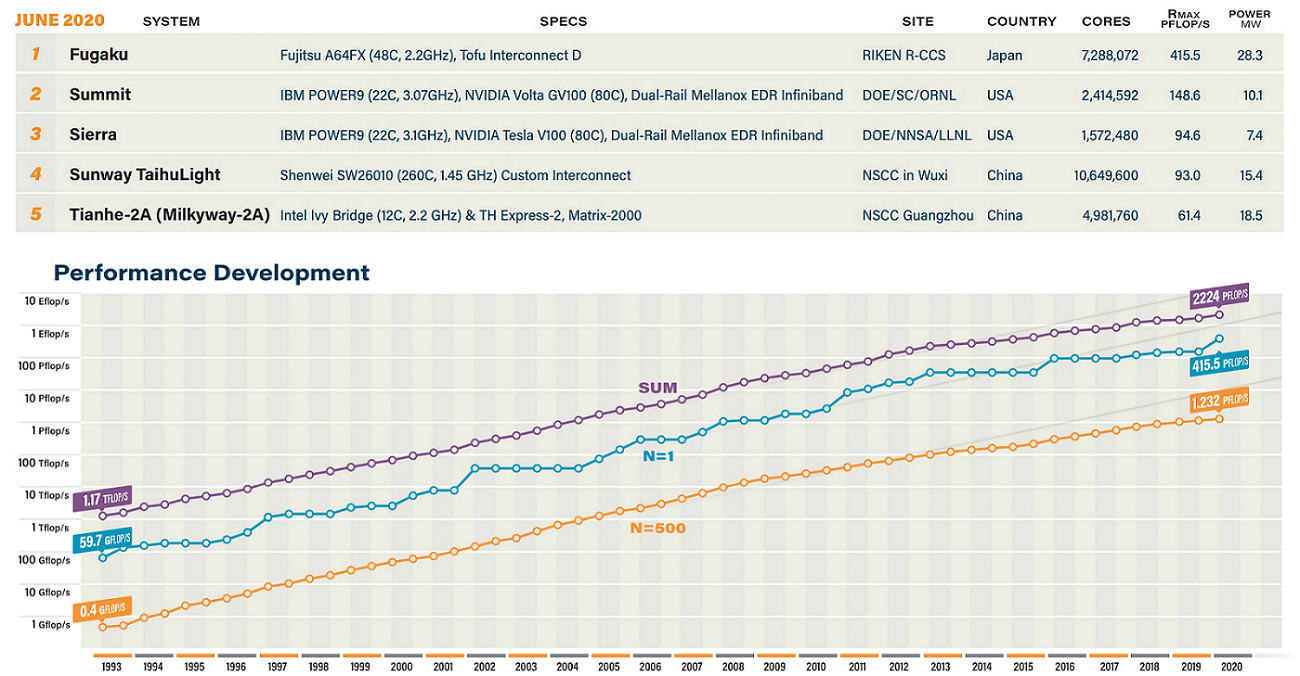
ODROID-N2 Plus SBC Gets Amlogic S922X Rev. C Processor Clocked at up to 2.4 GHz
ODROID-N2 Amlogic S922X SBC launched the following month with 2GB to 4GB RAM, HDMI 2.0 output, Gigabit Ethernet, multiple
USB 3.0 ports with pricing starting at $63 making very good value for an hexa-core Cortex-A73/A53 processor.
Read More
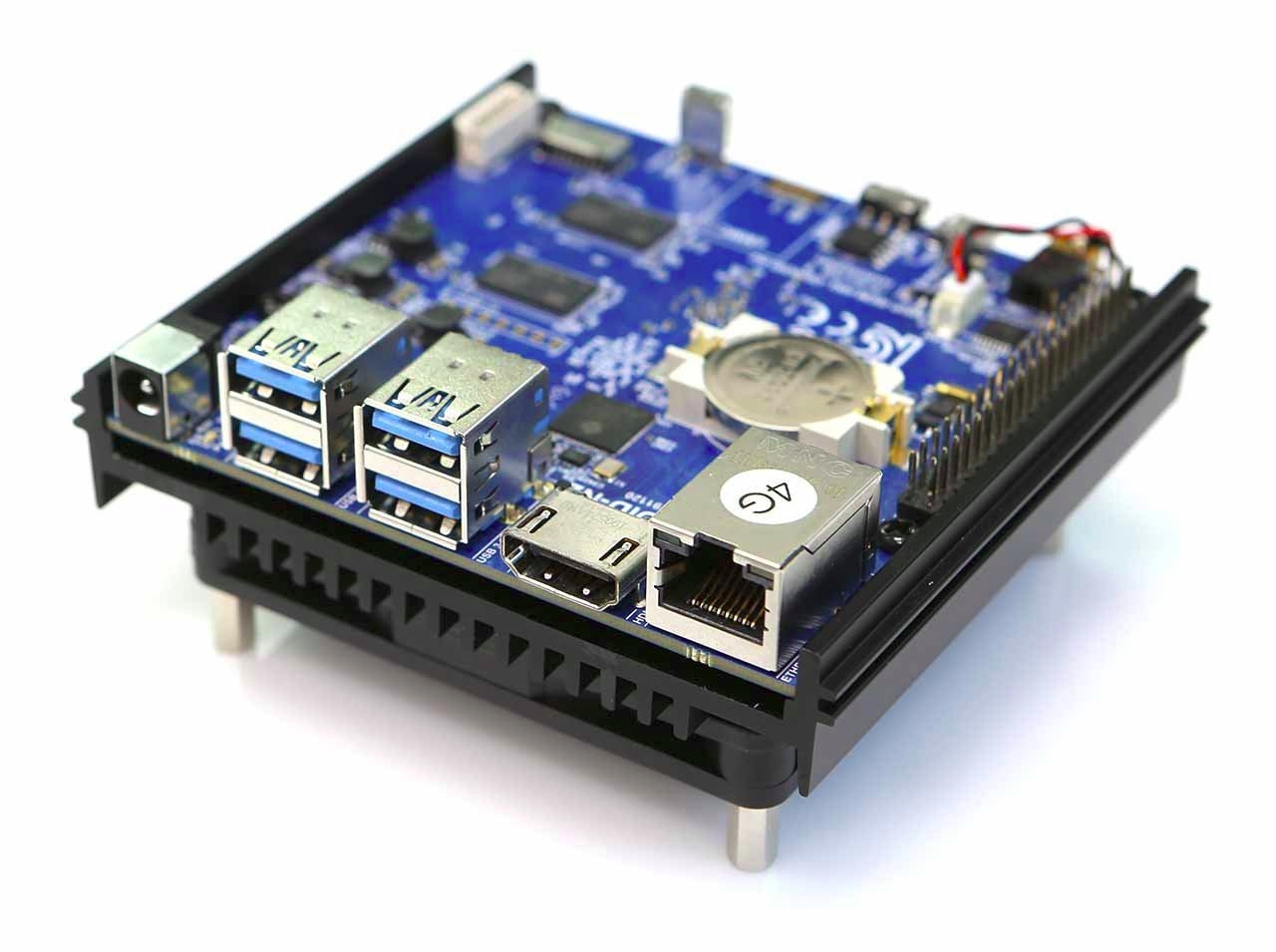

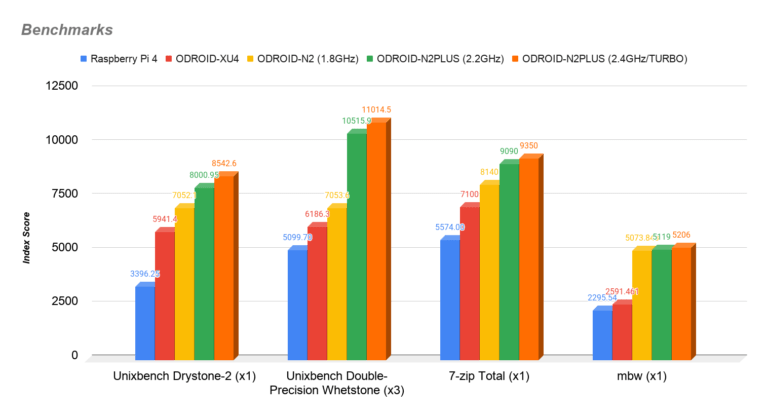
Sparkfun
Launches the ZED-F9R GPS Dead Reckoning Raspberry Pi pHAT for Mobile Robots
The SparkFun ZED-F9R GPS pHAT module is targeted at single board computers like the Raspberry Pi, Jetson Nano, and other boards
with the 2 x 20mm header form factor supporting the GPS RTK (Real-time kinematic) capable of centimeter-level accuracy.
Read More
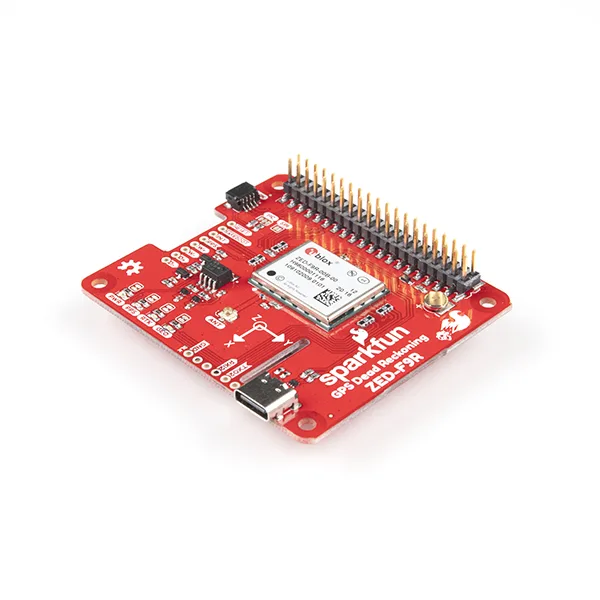
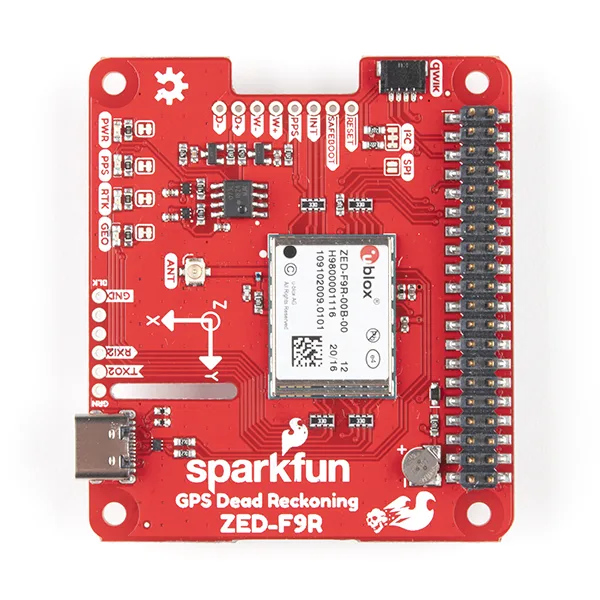
Rock
Pi E SBC Comes with WiFi, Bluetooth, Two Ethernet Ports, and Optional PoE
Radxa has launched several Rockchip boards from the higher-end Rock Pi N10 (RK3399Pro) and Rock Pi 4 (RK3399) SBC’s, to the
low-end and tiny Rock Pi S powered by an RK3308 Cortex-A35 processor.
Read More
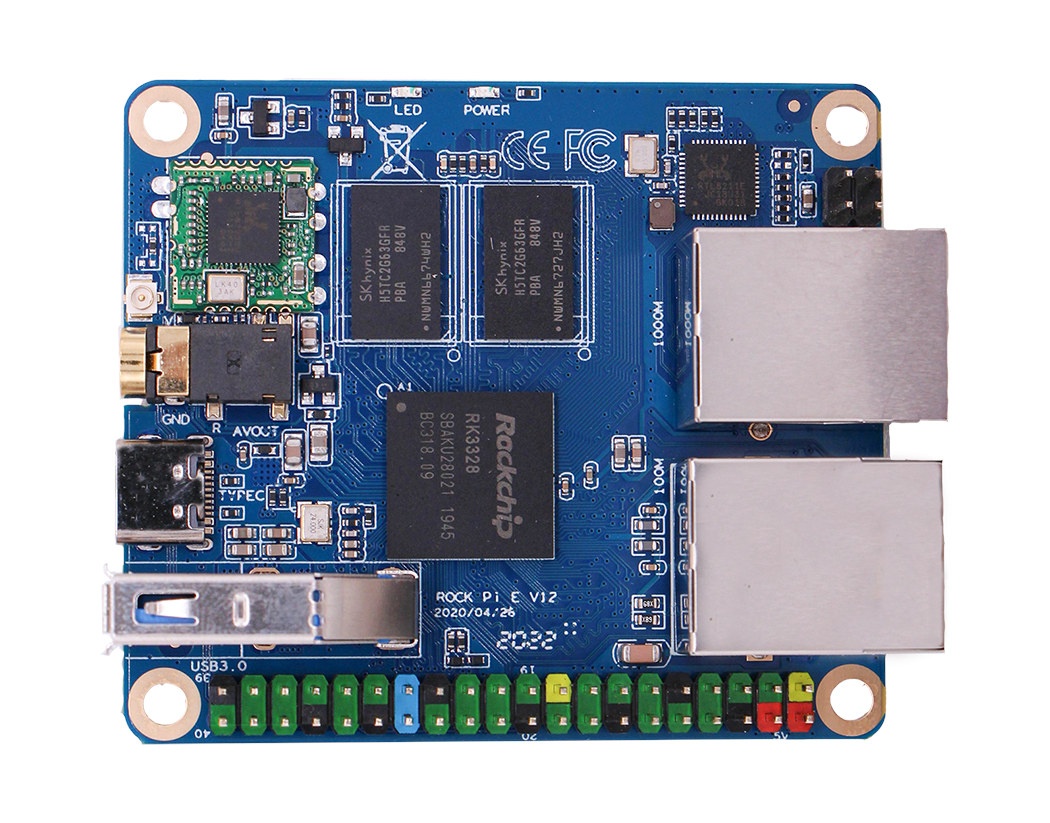
FreeBSD Back To Seeing
Progress On 802.11ac WiFi Support, Ath10k Driver
Longtime FreeBSD/Linux network stack developer and former Qualcomm Atheros engineer Adrian Chadd is back to working on
FreeBSD wireless networking improvements.
Read More
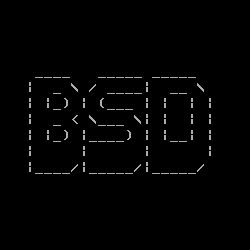
Suggested Topics:
Join The Linux Channel :: Facebook Group ↗
Visit The Linux Channel :: on Youtube ↗
💗 Help shape the future: Sponsor/Donate
Recommended Topics:
Featured Video:
Trending Video:

Friday' 20-Oct-2023
Recommended Video:









